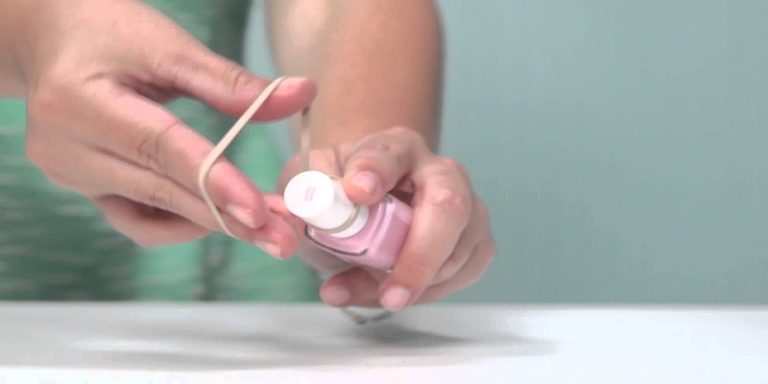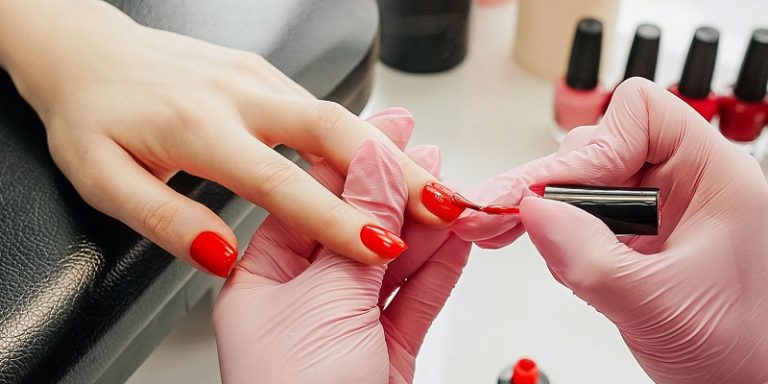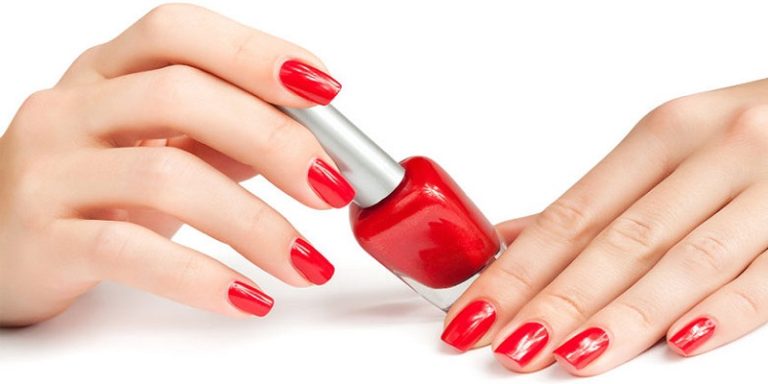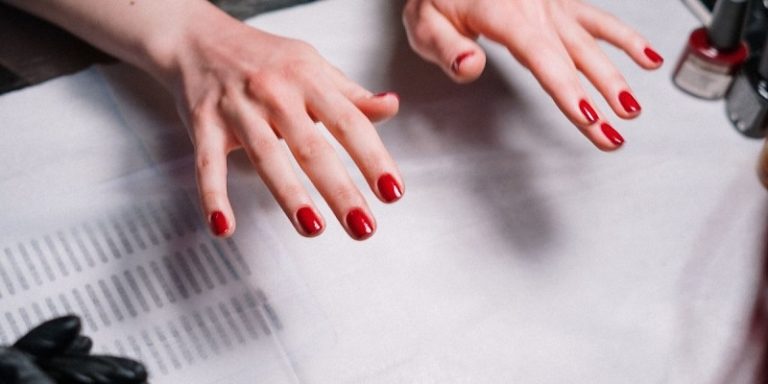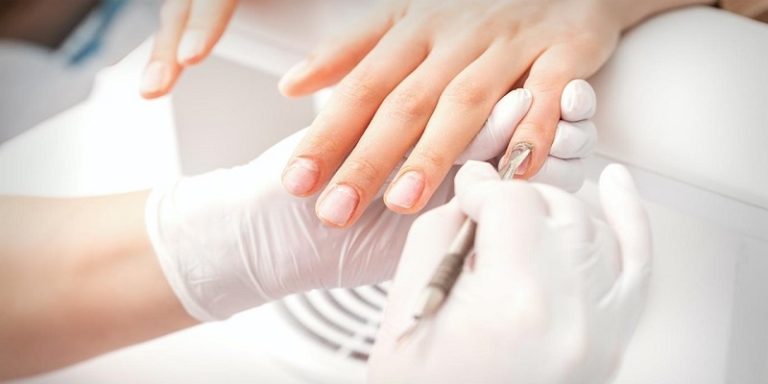How To Safely Remove A Broken Acrylic Nail That’s Bleeding?
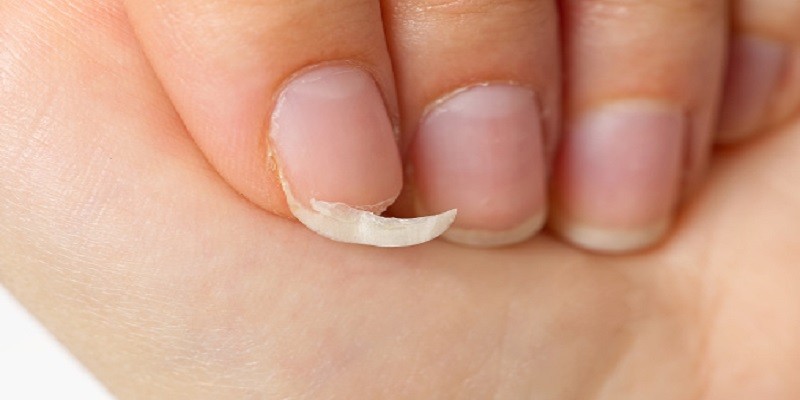
Last Updated on June 18, 2025 by Jaclyn A. Neeley
Removing a broken acrylic nail that is bleeding can be a delicate and painful process. It is crucial to handle the situation with care to prevent further damage and infection. This article provides a step-by-step guide on how to safely remove a broken acrylic nail that’s bleeding, along with tips for aftercare and prevention.
Assess the Damage
Before attempting to remove the broken acrylic nail, it is essential to assess the extent of the damage. If the nail is severely broken, causing significant bleeding or pain, it is advisable to seek medical attention. However, if the injury is manageable at home, follow the steps below.
Stop the Bleeding
- Apply Pressure: Use a clean cloth or sterile gauze to apply gentle pressure to the bleeding area. Hold the pressure for several minutes until the bleeding stops.
- Elevate the Finger: Raise the injured finger above heart level to reduce blood flow to the area and help stop the bleeding.
- Clean the Wound: Once the bleeding has stopped, gently clean the wound with warm water and mild soap to remove any dirt or debris.
Disinfect the Area
- Use an Antiseptic: Apply an antiseptic solution, such as hydrogen peroxide or rubbing alcohol, to the wound to prevent infection.
- Avoid Sticky Products: Do not use adhesive bandages directly on the nail, as they can stick to the wound and cause further damage when removed.
Remove the Broken Acrylic Nail
- Clip the Excess Nail: Carefully clip off any loose or hanging parts of the acrylic nail using sterilized nail clippers. Be cautious not to cut too close to the natural nail or the wound.
- File the Edges: Use a coarse nail file to gently file down the edges of the broken acrylic nail. This will help to smooth out any jagged edges and prevent them from catching on anything.
- Soak in Acetone: If the acrylic nail is still firmly attached, soak a cotton ball in 100% acetone and place it on the nail. Wrap the finger in aluminum foil to keep the cotton ball in place and let it sit for 10-15 minutes. This will help to dissolve the acrylic and make it easier to remove.
- Gently Remove the Acrylic: After soaking, use a cuticle pusher or an orange stick to gently push off the softened acrylic. Do not force it if it does not come off easily; instead, reapply the acetone-soaked cotton ball and wait a few more minutes.
Treat the Wound
- Apply Antibiotic Ointment: Once the acrylic nail is removed, apply a thin layer of antibiotic ointment to the wound to prevent infection.
- Bandage the Wound: Cover the wound with a sterile bandage or gauze. Ensure that the bandage is not too tight, as this can restrict blood flow and delay healing.
Pain Management
- Take Pain Relievers: Over-the-counter pain relievers, such as ibuprofen or acetaminophen, can help to reduce pain and inflammation.
- Apply a Cool Compress: A cool, damp washcloth applied to the wound can help to reduce swelling and provide pain relief.
Aftercare
- Keep the Wound Clean and Dry: Change the bandage daily and clean the wound with warm water and mild soap. Reapply antibiotic ointment each time you change the bandage.
- Avoid Harsh Chemicals: Keep the injured finger away from harsh chemicals and detergents, as these can irritate the wound and delay healing.
- Moisturize the Nail Bed: Once the wound has started to heal, apply cuticle oil or moisturizing cream to the nail bed to keep it hydrated and promote healthy nail growth.
Prevention Tips
- Avoid Using Nails as Tools: Do not use your nails to open packages, scrape off labels, or perform other tasks that can cause them to break.
- Wear Protective Gloves: When doing household chores or working with chemicals, wear protective gloves to prevent damage to your nails.
- Regular Nail Maintenance: Keep your nails trimmed and filed to prevent them from catching on objects and breaking.
- Strengthen Your Nails: Use a nail hardener or a strengthening base coat to help reinforce your natural nails and make them less prone to breaking.
When to Seek Medical Attention
- Severe Pain or Bleeding: If the pain is severe or the bleeding does not stop after applying pressure for 10 minutes, seek medical attention immediately.
- Signs of Infection: If you notice signs of infection, such as redness, swelling, pus, or a foul odor, consult a healthcare professional.
- Nail Bed Injury: If the nail bed is severely damaged or the nail is completely torn off, it is best to have it assessed and treated by a medical professional.
Conclusion
Removing a broken acrylic nail that is bleeding requires patience and care to avoid further injury and infection. By following the steps outlined in this guide, you can safely remove the broken nail and promote healing. Remember to keep the wound clean, manage pain effectively, and take preventive measures to protect your nails in the future. If you experience severe pain, prolonged bleeding, or signs of infection, seek medical attention promptly.
FAQs
What to do if your acrylic nail breaks and bleeds?
If your acrylic nail breaks and bleeds, first stop the bleeding by applying pressure with a clean cloth or bandage. Disinfect the area with an antiseptic and cover it with a bandage to protect it from infection. Avoid using acetone or other chemicals on the wound. Seek professional help if the pain persists or if the nail is severely damaged.
How do you fix a broken nail that is bleeding?
To fix a broken nail that is bleeding, start by washing the injury with clean, warm water. Apply pressure to stop the bleeding, then disinfect the area with an antiseptic. Cover the nail with a bandage or gauze to protect it. If the nail is severely damaged, seek medical attention to prevent infection and ensure proper healing.
How to remove broken acrylic nails without pain?
To remove broken acrylic nails without pain, soak your nails in warm, soapy water for about 20-40 minutes to loosen the acrylic. Gently use an orangewood stick to pry off the acrylic nails. If the nails do not come off easily, soak them again. Avoid using force to prevent further damage to your natural nails.
What are the risks of removing acrylic nails at home?
Removing acrylic nails at home can pose several risks, including damaging your natural nails, causing pain, and increasing the risk of infection. Improper removal techniques can lead to nail brittleness, splitting, and even fungal or bacterial infections. It’s crucial to follow safe removal methods and consider seeking professional help if unsure.
How to prevent acrylic nails from breaking?
To prevent acrylic nails from breaking, keep them trimmed to a manageable length and avoid using them as tools. Wear gloves when doing household chores to protect them from water and chemicals. Regularly moisturize your nails and cuticles with oil to keep them flexible. Avoid exposing your nails to harsh chemicals and get regular touch-ups from a professional.

